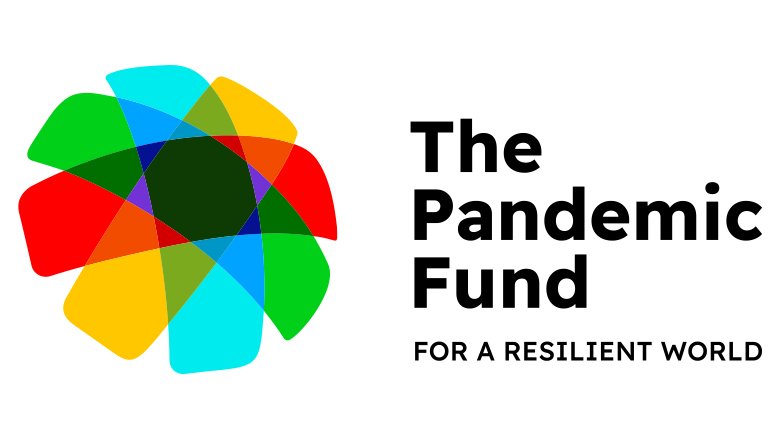This is one of 19 projects to which a grant was awarded by the Pandemic Fund under the First Call for Proposals. For information on the full set of projects supported by the First Call for Proposals, please refer to this press release.
Background
The Cambodia Pandemic Prevention, Preparedness, and Response Project (CamPPR) seeks to address the country’s growing risk of disease outbreaks due to its vulnerability to climate change and natural disasters, the intensification of agricultural and livestock production, deforestation, and loss of biodiversity. CamPPR is a partnership between the Cambodian Ministries of Health, Finance, Agriculture, Environment and three Implementing Entities (IEs), including the Asian Infrastructure Investment Bank (AIIB) (in partnership with the Asian Development Bank (ADB)), FAO, and the World Bank. The Pandemic Fund’s US$19.5 million grant will help Cambodia build its capacity to prevent, prepare, and respond to future pandemic threats through a One Health approach. The grant is expected to leverage $395 million in co-financing and $3 million in co-investment. It will help address critical gaps identified in the country’s latest State Party Self-Assessment Annual Reporting (SPAR), Joint External Evaluation (JEE), and Performance of Veterinary Services (PVS) assessments.
Project objectives
The overall goal of CamPPR is to increase preparedness, prevention, and response to public health emergencies with a pandemic potential in Cambodia and the region through a One Health approach and to increase the capability and capacity of surveillance, laboratory services, and human resources.
Implementation arrangements and key components
Project implementation will be carried out by a collaboration between the Ministries of Health, Finance, Agriculture, Forestry and Fisheries, Environment, as well as the AIIB/ADB, FAO, and the World Bank, with each partner drawing on different strengths and mandates. An Inter-sectoral Taskforce comprising representatives from different sectors will be established to oversee implementation of the project’s workplan, to maintain accountability among partners and Implementing Entities, and to collaboratively develop policy and joint risk assessments. The Taskforce will also support progress sharing among the key stakeholders including civil society organizations, community-based organizations, and vulnerable groups. Project implementation builds on and complements related investments including an AIIB/ADB-financed project that supports construction of infrastructure critical to advance livestock value chains and protect the population against pathogen spillover into humans, several World Bank-financed health projects, and FAO support to policy and regulations development and capacity building with Cambodia’s Ministry of Agriculture, Forestry, and Fisheries.
The Project’s three components include the following activities (Implementing Entity involvement is shown in parentheses):
Strengthening surveillance systems. This component supports the creation of a Task Force to coordinate cross-sector collaboration and policy development, the undertaking of risk assessments, training in IHR core capacity, simulation exercises at national and subnational levels, investment in technology to enable real-time data and improved analyses, data sharing and communication platforms, and strengthened capacities at points of entry (all IEs).
Investing in laboratory systems. Activities include establishing decentralized laboratories with the capacity, capability and resources to test for a range of pathogens; creating clearly defined mechanisms for data sharing, reporting, and response; meeting international standards of laboratory safety; training and national and regional networking; and national and regional policy development for safe cross border trading/movement of livestock (all IEs).
- Developing human resources for human, animal, and environmental health. This component supports activities to increase the knowledge, skills and technical capacity of a human, animal/wildlife, and environmental health workforce, community workers, and point of entry workforce. Activities include baseline work competency assessments, short- and medium-term training courses, simulation exercises, One Health integrated into pre-service and postgraduation/professional programs, national and regional networking, and policy development for a One Health workforce (all IEs).
Expected outcomes
The Project is expected to achieve the following outcomes: improved disease surveillance through standardized risk communication protocols that are coordinated and collaborated across sectors for an efficient response to public health threats; strengthened capacity within laboratory systems with the most up-to-date technology, biosafety and information/data sharing practices; and improved workforce capacity for detection, preparedness and response for emerging and re-emerging diseases of epidemic potential. These anticipated outcomes are all linked to project activities intended to address the critical gaps identified in the JEE and PVS assessments.
Key Financial Statistics
| Amount Approved (US$) | Total Co-financing (in kind & in cash) (US$) | Total Co-investment (in kind & in cash) (US$) |
| 19,470,123 | 395,207,000 | 3,249,347 |
For inquiries about this project: Ly Sovann - sovann_ly@online.com.kh
For media inquiries: Anita Rozowska - arozowska@worldbankgroup.org
For general inquiries: the_pandemic_fund@worldbank.org

